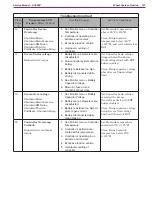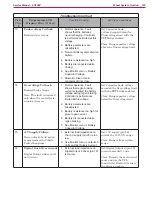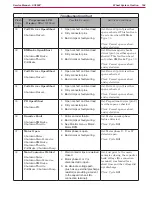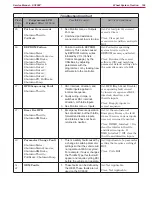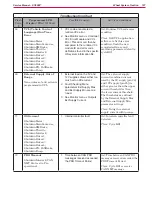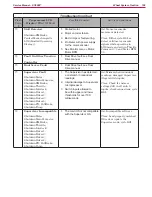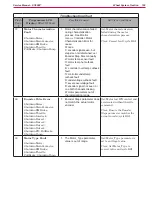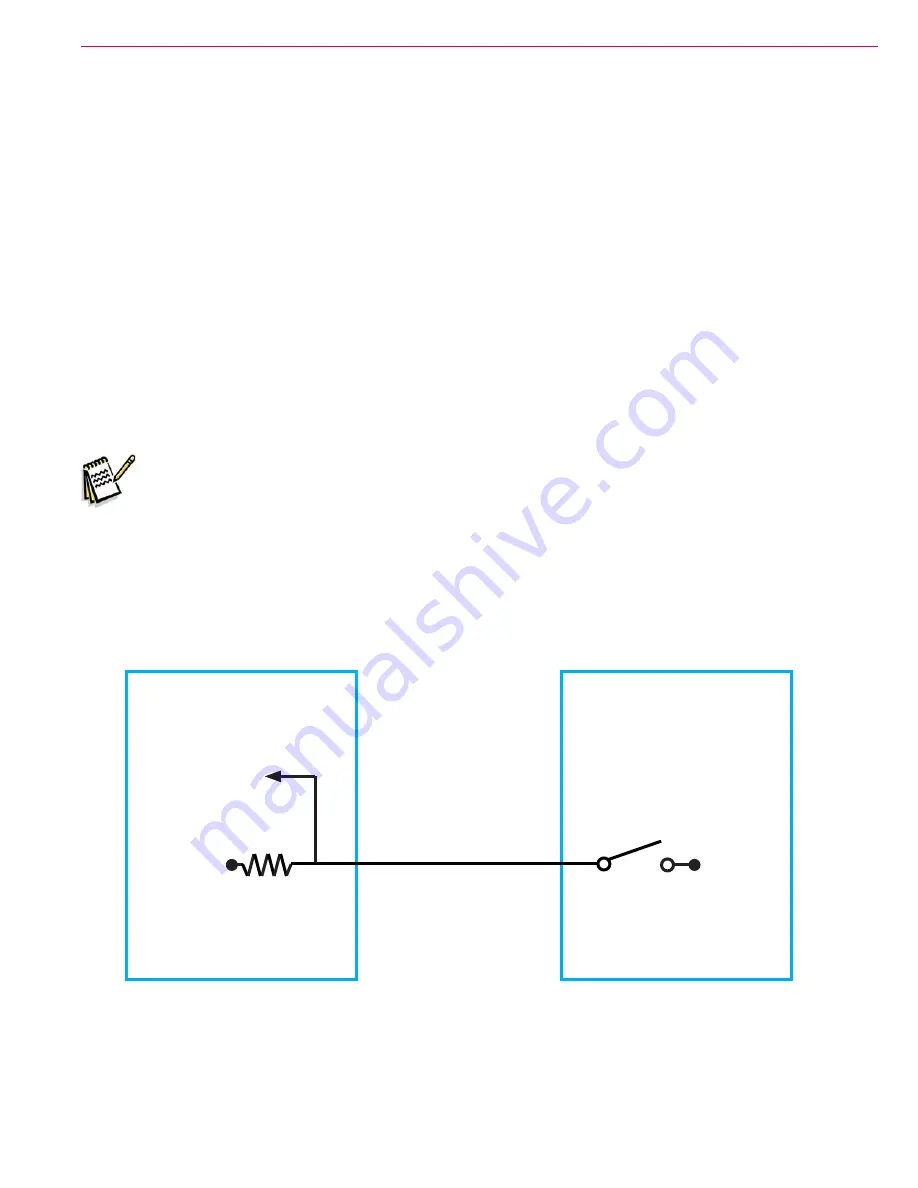
Wheel System, Traction
184
Service Manual – SC6500
™
Circuit Description
The wheel drive controller takes in DC power at the battery positive and negative lugs and converts it to
an AC output to rotate the wheel drive motor. The drive pedal potentiometer is the primary input to the
controller, but it also looks at the wheel drive motor temperature and encoder signals. In addition to driving
the motor, the wheel drive controller also provides outputs to communicate with the “main” (A2) Control
Board.
Wheel Drive Controller Power-up
The battery negative connection is “hard-wired”. The battery positive connection is switched on by the Main
Contactor (K7). The initial power up sequence begins when key on positive voltage is received at X6-1. This
“wakes up” the controller. If there is a positive voltage on the “interlock” circuit X6-9, from the seat switch
and the battery interlock switch, the controller turns on the main relay by providing a path to battery
negative on X6-6 for the main contactor winding. The main contactor switches on a high current capacity
battery positive feed to the B+ lug on the wheel drive controller.
The controller must receive a positive voltage on the “interlock” circuit X6-9 before it will engage the motor.
The interlock circuit is supplied through the seat switch and the battery interlock switch. If either of these is
open, it will disable the wheel drive motor for safety purposes.
Note: The battery interlock switch is only used when the machine is equipped with a single large
“mono-block” battery. However, the interlock switch connector will be bridged by a
“jumper” if the switch is not used on the machine.
Motion and Direction Circuits
The wheel drive controller informs the “main” (A2) Control Board when the vehicle is moving. This MOTION
circuit uses a dedicated wire that runs between the two controllers to communicate this information.
The main controller provides a positive voltage, through a resistor to a switch inside the wheel drive
controller. The other side of the switch is connected to battery negative. When the vehicle is stationary, the
switch is open and the input voltage is “high”. When the vehicle is in MOTION, the switch closes, which
drains the voltage supply to battery negative, causing the input to drop to “low”.
The wheel drive controller also tells the “main” controller which direction the vehicle is moving. There is
(A2) “Main” Control Board
Input
+ V
Wheel Drive Controller
B-






















